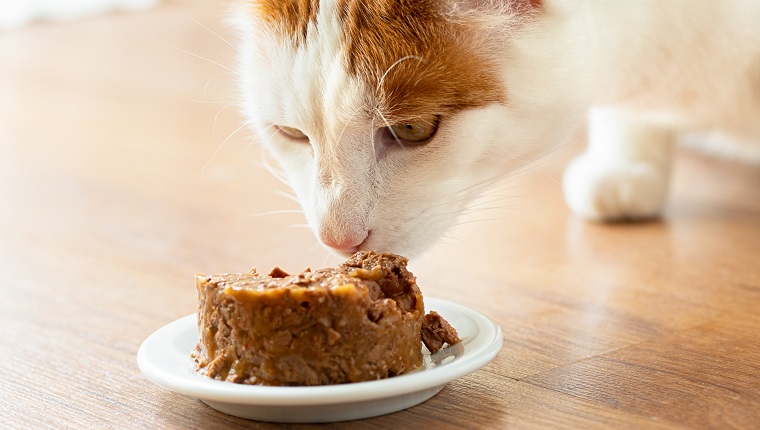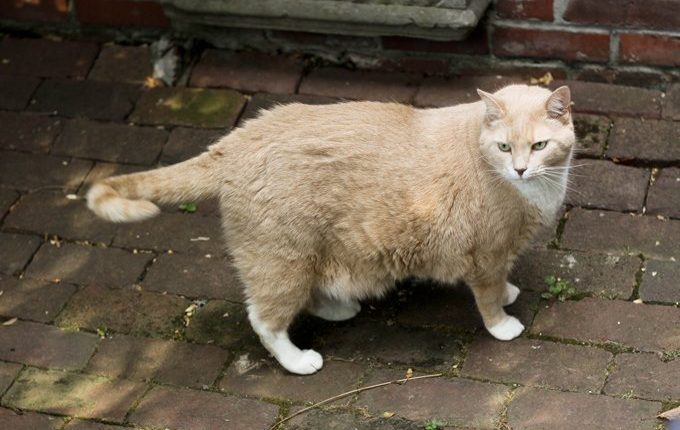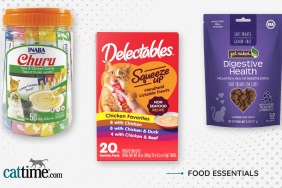Feline obesity is a growing problem — in more ways than one! Veterinarians see plenty of overweight cats, and the issue is often caused by pet parents who just can’t say no to a cute kitty begging for treats.
If your cat has packed on a few too many pounds, you may be wondering how you can safely put them on a diet.
Of course, you must first talk to your veterinarian to make sure that your cat needs to lose weight and to make sure that you get the best advice for your individual feline. With that in mind, here are a few tips that you should discuss with your vet before you get started.
Reduce The Amount Of Food
The best way to start a diet is to reduce feeding amounts.
The recommended daily feeding amount listed on the food bag is sometimes based on the metabolic needs of unaltered animals.
Most family cats are spayed or neutered. Their metabolic needs are 80 percent when compared to unaltered animals, so they need 20 percent less calories, thus 20 percent less food.
You should feed your cat the amount of food for the weight you want your cat to be, not the weight your cat is now. Your vet can help you with portion control and give you recommendations for healthy foods.
Say Goodbye To Dry

Another strategy is to replace your cat’s dry food with wet food.
Cats utilize protein calories better than carbohydrate calories. Wet food accomplishes this better.
I know a lot of people think dry food will help your cat lose weight, but it’s just not true. They tend to overeat dry food more than wet.
Don’t Forget The Exercise
It is also important to try to increase a cat’s exercise.
Laser pens, cat dancers, and various other toys encourage activity and provide quality time for you and your cat. Engaging your cat is going to increase their activity level.
Don’t just put a toy on the floor and walk away; your cat wants to interact with you.
Weight Loss Should NOT Happen Quickly

Weight loss in a cat is a slow process. A cat should not lose more than half a pound per month.
Rapid weight loss can affect a cat’s liver function or be a sign of a metabolic condition like hyperthyroidism, kidney disease, or diabetes.
Do not put your cat on a crash diet. If you start giving your cat the right amount of food for the weight you want your cat to be, the weight will even out slowly, your cat will feel much better, and they’ll be healthier and happier.
Has your cat ever had to go on a diet? What advice do you have for safely helping cats lose weight? Let us know in the comments below!









